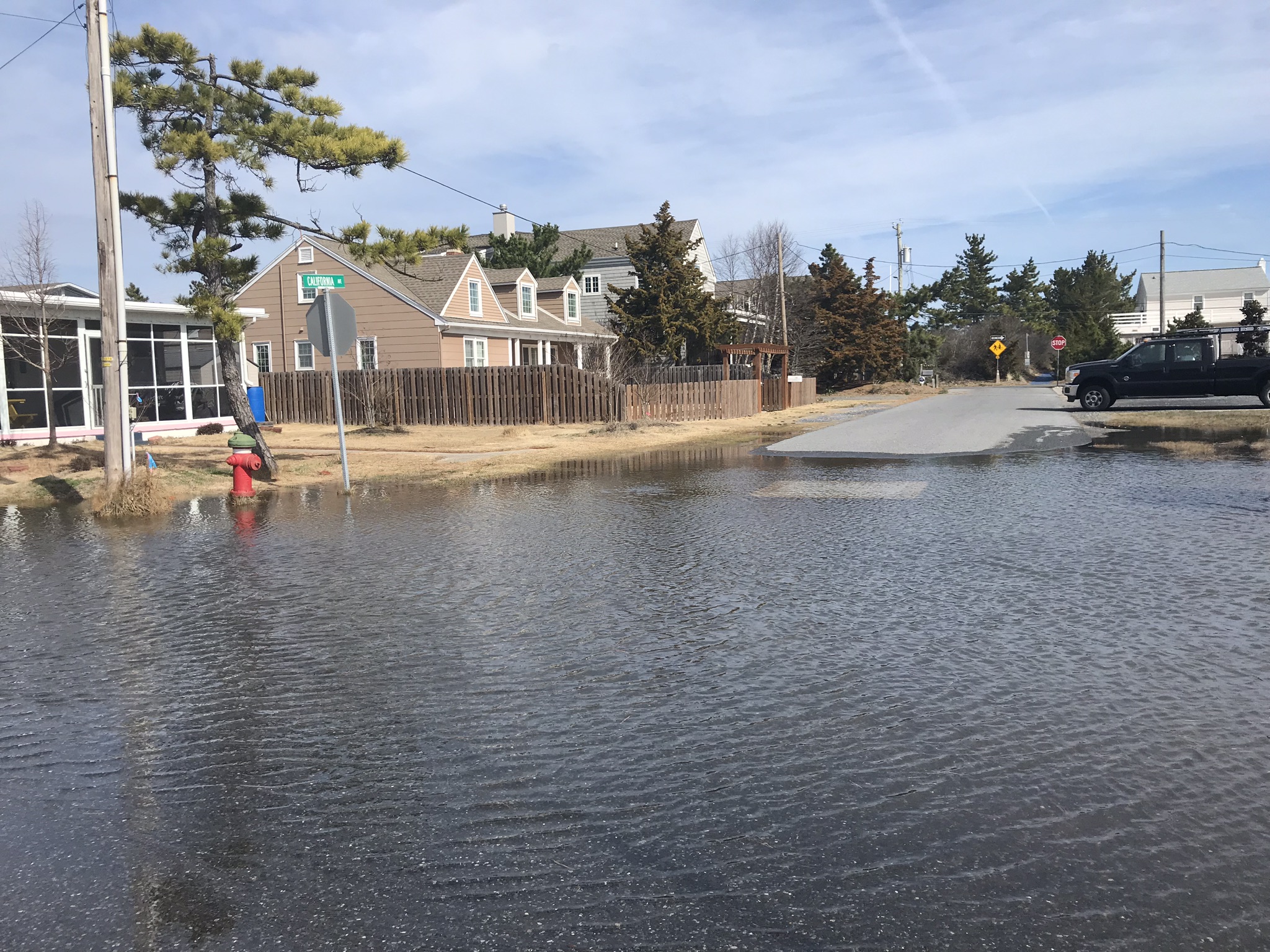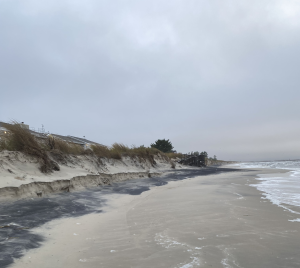
Today’s Morning Buzz is by Ann Marie Townshend, AICP, ICMA-CM, City Manager of Lewes, Delaware.
What I’m Listening To: Surrender: 40 Songs, One Story by Bono
What I’m Watching: Yellowstone season 5 and White Lotus season 2
What I’m Reading: Atlas of the Heart by Brene Brown
Our community recently embarked on a public engagement process where I may have learned one of the most important lessons of my professional life. In the immortal words of the Rolling Stones, “You can’t always get what you want.” Obviously, when we engage the public, we are looking for solutions in the public interest, we are not looking to get our way. But as we address the challenges of climate change and sea level rise, we know that timely, decisive action is necessary. In this Morning Buzz, I want to share the lessons I learned as our community, a small coastal town, created an Executive Committee on Resiliency to make recommendations on strategies to prepare for sea level rise.
The process began after a subcommittee of the Planning Commission spent a year developing a proposed ordinance that would have imposed zoning regulations intended to mitigate the effects of sea level rise. When the subcommittee finished its work and presented its recommended ordinance to City Council, the public reaction was visceral. The major criticism was that the proposal was heavy on the regulation of private land, putting the burden of mitigation on the backs of property owners. The proposal fell like a lead balloon.

Fortunately, Delaware Coastal Programs and the University of Delaware stepped up and offered assistance. In collaboration with these partners, after hosting a series of virtual listening sessions, the City created the Executive Committee on Resiliency, made up of stakeholders from across the community, representing a diverse cross section of interests and backgrounds. The Committee included environmentalists, property rights advocates, and many people in between.
The Committee’s work started with learning from subject matter experts about coastal hazards, floodplain management, sea level rise science and projections, and other relevant topics. This ensured that the entire Committee had the same basic background knowledge as they embarked on their mission. Following the learning sessions, the project facilitators and staff reviewed the roles of different levels of government and approaches other communities have used to address similar challenges.
The Committee developed a list of fourteen potential strategies and decided to focus on two recommendations to forward to the City Council for consideration. After much deliberation, the Committee chose to forward the following recommendations to the City Council: Create a Resiliency Fund and Require a Real Estate Disclosure of Sea Level Rise.
Several of us who were on the project team were frustrated that some of the more “meaningful” strategies, such as increasing freeboard or reducing maximum lot coverage, didn’t gain traction. We wondered whether more education could “win” over the naysayers. But then we stepped back and realized that meaningful public engagement means that sometimes you don’t get what you want, but you may get what you need. If we threw more facts and figures out to win over the Committee, would we possibly be manipulating them to get the solutions we supported through the process? Perhaps, or at least that would perhaps be the perception. Our role in facilitating public engagement is to allow the public to make choices, not to spoon feed them what we believe is best. Will implementation of these strategies leave us better off than we are now? We agreed they would.
As we are working to move these two strategies forward, I realize that these can be meaningful. We regularly hear complaints about flooding and “drainage” problems in the areas that are most vulnerable to flooding. A real estate disclosure that informs home buyers of the risks to properties because of sea level rise would make purchasers aware of the vulnerabilities. The creation of a resiliency fund would allow the City to set aside funds to invest in infrastructure to protect our vulnerable areas. The other twelve strategies, while not being pursued immediately, could be considered in the future, when perhaps the community is ready to discuss them.
When my colleagues presented on this at our state’s planning conference, some conference attendees were critical or asked, “What can we do to fix this?” I determined that for me the answer is, if we engage the public, we need to be willing to accept the outcome. And now we have a report that we can continue to use as we discuss other strategies to prepare for sea level rise. Early in my career, I was at a presentation where the speaker said, “The perfect is the enemy of the good.” This phrase has resonated with me at times over the years, most recently with this project. And for me, I am committed to expanding my knowledge of the critical issues of climate change and sea level rise and continuing the dialogue in our community. There is no “one and done” solution. It will take time, dialogue, small steps, and bold initiatives to address this existential threat. Our job as the professionals, the facilitators of policy, is to keep the ideas flowing, to keep the conversation going, and to be ready when the bold ideas are ready to go.
